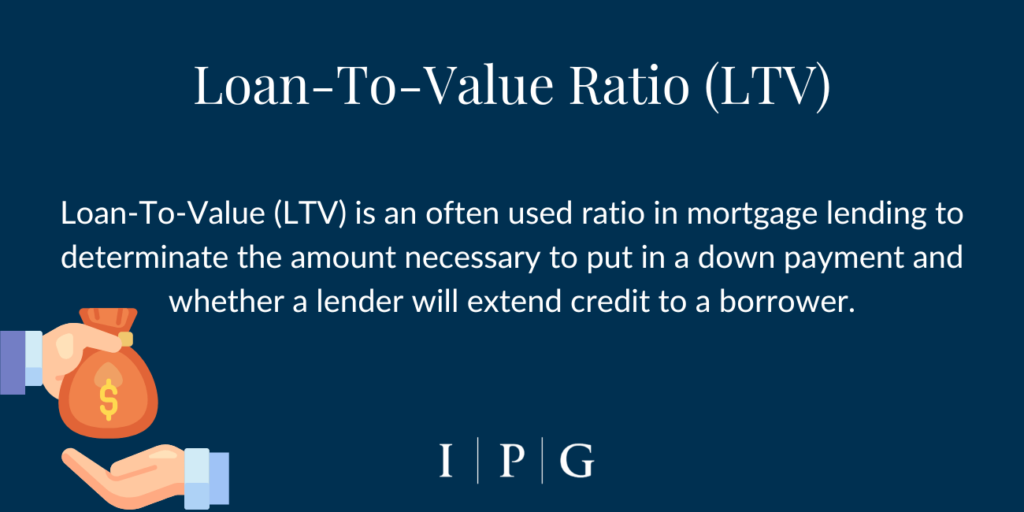Unpacking the $300B Standstill in CRE Investments

Exploring the cautious stance of investors amid market volatility and perceptions of inflated property values.
A substantial pool of capital, rumored to be around $300 billion, is poised for investment in commercial real estate transactions but remains untapped. This detail emerged from a recent industry analysis presented by Marcus & Millichap.
Should this dormant capital be amplified with a 60% loan-to-value strategy, the potential sales volume for commercial real estate could surge to approximately $750 billion.
John Chang, Senior Vice President and National Director of Research and Advisory Services at Marcus & Millichap, highlights a key factor for this investment pause: a noticeable decline in available properties for sale, exacerbated by sellers’ hesitation to adjust to the current market climate.
“Sellers are in the process of adjusting their expectations from the peak levels of 2021 and early 2022,” Chang noted. “Without the pressure of market conditions to sell, there’s little motivation for them.”
Chang recalled the climate of 2021 when competitive fervor often led to buyers proposing substantial bids to secure properties.
Chang reflects on past market behavior, stating, “Property owners used to be enticed by the hefty bids. They’d think, ‘If that’s your offer, I might as well sell.'”
Now, with the absence of such lucrative bids, sellers lack the impetus to sell driven by attractive pricing. Chang indicates that the motivation for sellers has realigned with more traditional triggers.
“A reason to sell, such as the winding up of a fund’s lifecycle, a necessity to liquidate equity, or perhaps the dissolution of a business partnership, is required to prompt property owners to part with their commercial holdings,” he explains.
On the flip side, buyers are exercising caution, held back by the dual concerns of market volatility and the persistent sentiment that properties are valued too high.
Chang has often heard investors reiterate their stance: “The prices don’t match the revenue, the yields are too slight, or the math simply doesn’t work out favorably when you’re dealing with negative leverage.”
Yet, according to Chang, such perceptions are misleading and don’t fully capture the market’s potential.
Chang presents a hypothetical to underscore the point: “If you knew a property’s rent was going to surge by 20% next year, you’d probably buy it, even if the cap rate today is 50 or 75 basis points below the prevailing mortgage rates, or if you knew that mortgage rates will drop by 100 basis points next year, you’d probably buy as much property as you could get because you could refinance when the rates go down.”
He clarifies that reluctance to buy properties with negative leverage isn’t just about the numbers today. The hesitation is twofold.
Firstly, there’s a hesitancy to predict a significant drop in interest rates for the next year. However, looking at the latest Federal Open Market Committee’s expectations, there’s a forecasted decrease in the overnight rate by 25 to 100 basis points from the end of this year to the end of next, Chang explains.
Secondly, Chang points to a lack of focus on creative ways to add value to properties. “It’s about spotting and leveraging untapped potential,” he says. “Those who can envision and act upon these value-adding opportunities are the ones currently closing deals and gaining a market edge.”
With $200 billion to $300 billion in capital on standby, he suggests that once market uncertainties clear, this significant influx of investment will transform the competitive landscape.
Chang advises investors to consider future interest rate trends and to scrutinize current properties for latent value enhancement possibilities.
“Investors shouldn’t lock into the economic and financial conditions of today,” he advises. “Look ahead to where the market might stand in the coming years.”




